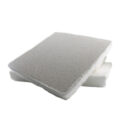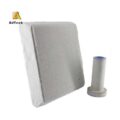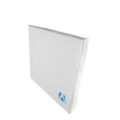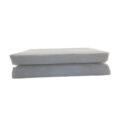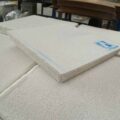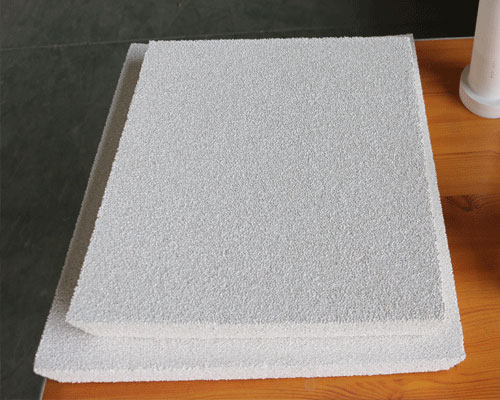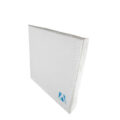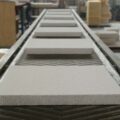Metal Foam Filter in the filter box can intercept both large particles and small particles with the formation of surface deposition. In addition to considering the actual production quality requirements for aluminum products, the selection of aluminum metal foam filter must also consider the aluminum flow rate of the flume during casting and rolling, the total amount of filtration, the cleanliness of the aluminum liquid itself, and the production cost. Choosing filter plates with too high specifications will increase costs and reduce production efficiency.
Aluminum Metal Foam Filter Requirements
The requirements for aluminum metal foam filter are:
- The size specifications must be accurate.
- Ensure the flatness of the ceramic filter plate.
- Have accurate porosity, so as to choose according to the filtration accuracy and flow rate, and have a certain air permeability.
- Have a certain sintering strength as a parameter to measure whether the slag is dropped.
- The surface hardness of the filter plate should be high, and special coatings should be applied.
- The filter plate needs to be washed with heat-resistant aluminum liquid. Because the high-temperature aluminum liquid suddenly contacts the filter and makes the filter close to the temperature of the liquid when it is released. The filter should have a small linear expansion coefficient. The film is not allowed to be washed out and softened.
- The chemical stability of the filter is high, and it does not react with aluminum at high temperatures.
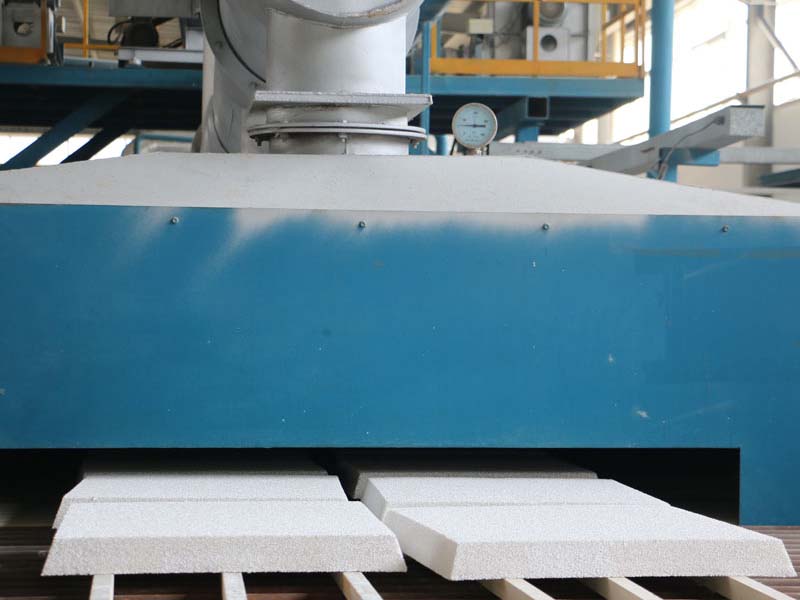
Ceramic Foam Filters For Casting
The principle of the installation position of the filter plate should prevent the filtered aluminum melt from flowing into the crystallizer without turning over. For the horizontal flow channel, since the oxide film in the flow channel is continuous, the filter installation location need not be very far from the crystallizer near. Before installing the filter, lightly pat the filter to remove the residual ceramic debris and remove the debris in the flow slot, so as to avoid clogging the filter. The combination between the installed filter and the flow slot must not leak.
When filtering with a ceramic filter plate, with the formation of surface deposition, the CFF filter in the filter box can intercept both large particles and small particles. When the adsorbed particles reach saturation, that is, when the number of particles adsorbed from the melt is equal to the number of particles taken away by the flowing melt, the slag removal capacity decreases. It needs to replace the new ceramic foam filter.


